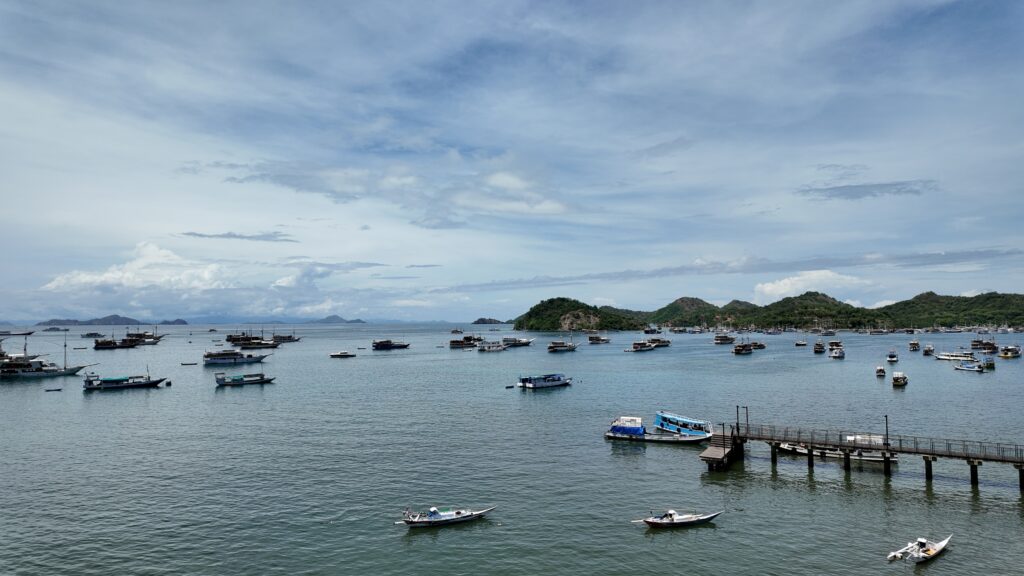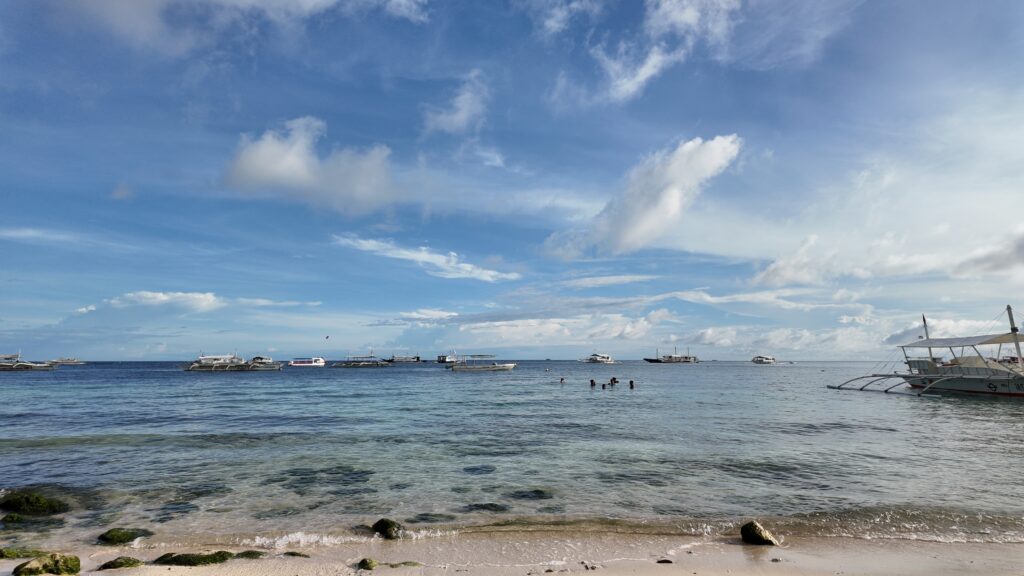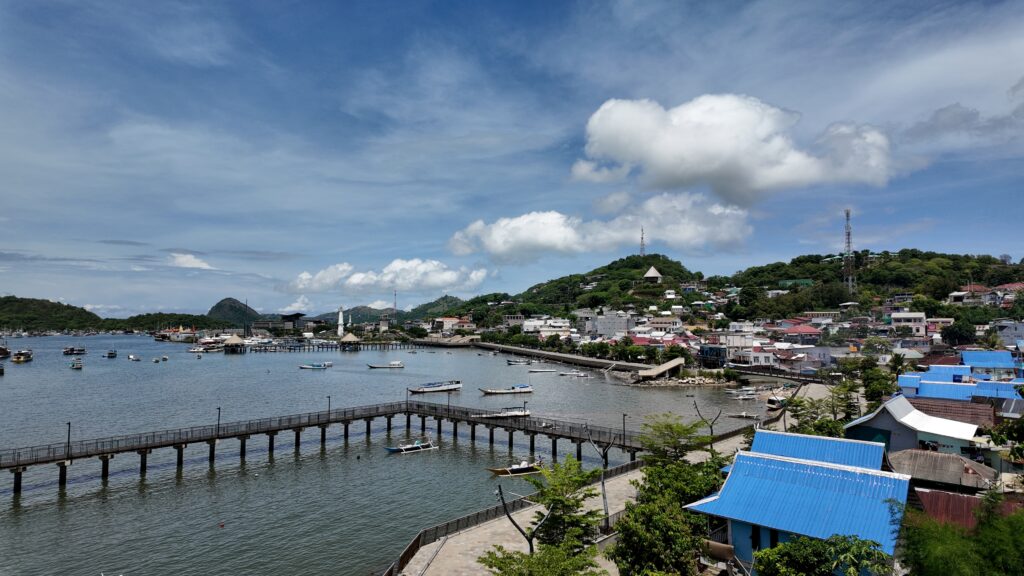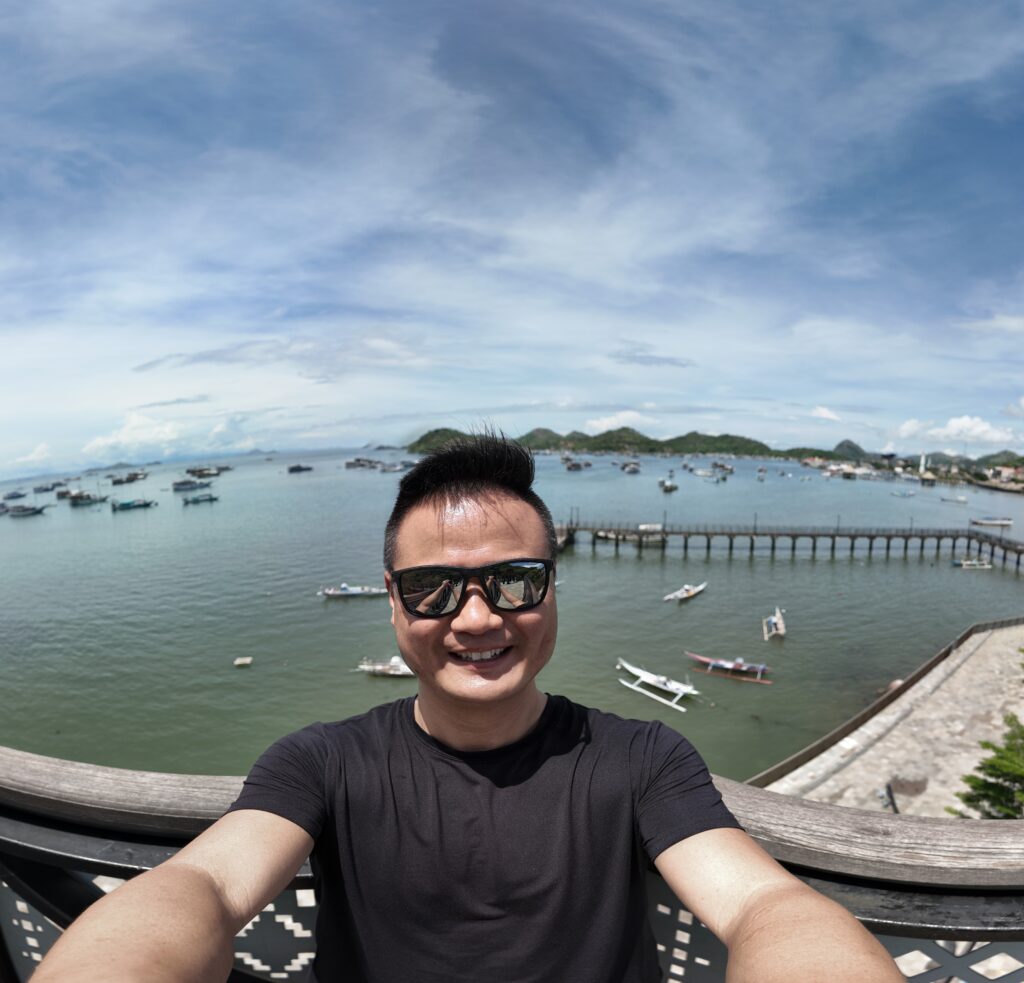
INTERSECTION BETWEEN CULTURES AND MENTAL WELL-BEING: INSIGHTS FROM SOUTH EAST ASIA
In December and January, I had the privilege of exploring and traveling through Southeast Asia, specifically in the Philippines, Indonesia, Malaysia, and Thailand. This journey opened my eyes to the diversity of cultures in a part of the world that I was only exposed to through the American lens. As a mental health speaker, my travels were more than just personal experiences; they were opportunities to understand how culture shapes our perspectives on well-being, resilience, and empathy. The recent trip through Southeast Asia provided me with invaluable insights into the deep connection between culture and mental health.

Cultural Perspectives on Mental Health
Traveling through Southeast Asia reminded me that mental health is deeply tied to culture. In many parts of the world, struggles with stress, anxiety, and economic hardship are endured silently. Filipinos and Thais exhibit strong community support and perseverance, yet these cultural values can sometimes hinder open discussions about mental well-being. Mental health advocacy must be adapted to fit cultural contexts, ensuring that it resonates with local values rather than imposing external ideas. The key is promoting mental health that respects and integrates cultural realities. The intersection between culture and mental health is complex and multifaceted. As my travels through Southeast Asia have shown, mental health is not a one-size-fits-all concept. It is deeply embedded within a society’s cultural fabric, shaping how individuals perceive, experience, and express their mental well-being.
In many Southeast Asian cultures, there is a strong emphasis on community support and resilience. These cultural values foster a sense of belonging and interdependence, which can be protective against mental health challenges. However, they can also create barriers to open communication about mental health issues. The fear of stigma, shame, and burdening others can lead individuals to suffer in silence, internalizing their struggles rather than seeking help. This is not unique to Southeast Asia. Across the globe, cultural norms and beliefs influence how mental health is understood and addressed. In some cultures, mental health problems may be attributed to supernatural forces or moral failings, leading to social isolation and discrimination. In others, there may be a lack of awareness or understanding of mental health conditions, resulting in misdiagnosis or inadequate treatment.
Therefore, mental health advocacy must be culturally respectful, sensitive, and responsive. It is not enough to simply use the Western framework and promote mental health awareness; we must do so in a way that respects and integrates cultural values and beliefs. This means working with family members, community leaders, religious figures, and traditional healers to develop culturally appropriate interventions that address the unique needs and challenges of different communities.
It also means questioning harmful cultural norms and stereotypes that perpetuate stigma and discrimination against people with mental health challenges. By fostering a culture of empathy, compassion, and understanding, we can create a safe and supportive environment where individuals feel comfortable seeking help and talking openly about their mental health.

Empathy and Economic Realities
Reflecting on my time in different Southeast Asian countries, I was struck by socio-economic disparities. For example, many hospitality workers make less than a dollar per hour, and vendors persistently approach tourists, offering necklaces and tours. Initially, I felt overwhelmed and frustrated. However, after engaging with locals and learning about their struggles—how difficult it is to make a living in tourist-heavy areas—my perspective shifted. I teach empathy in my work, yet this experience challenged me to practice it fully. If I cannot extend understanding to those simply trying to survive and make a living for their family, how can I speak about mental health with authenticity? Instead of ignoring vendors or giving them annoying looks, I began smiling back at them and simply saying, “No, thank you.” A small act of kindness carries weight.

The Physical and Mental Toll of Travel
Halfway through my six-week trip, I was transiting through the Bali International Airport waiting for my next flight to Labuan Bajo, Indonesia. I felt this physical fatigue. I was flying from Pangloa, Philippines, and the trip took about 14 hours, including layovers. So, I started reflecting on the physical toll of traveling. Despite all of the excitement, international travel can be hard and very exhausting. One of the main reasons that I work out regularly, go on long walks and hikes, and eat healthy is that I can be in shape to navigate long international trips. So, for wanderers and travel lovers who need motivation to have a healthy lifestyle, remember or visualize the potential physical tolls of international travel and how physical fitness can enhance your overall travel experience.

Key Takeaways from My Trip
My trip reinforced the importance of self-care, both physically and mentally. They also deepened my understanding of economic hardships and the need for cultural sensitivity in mental health advocacy. Empathy is not just a concept to be taught—it must be lived and practiced daily. For those of us working in mental health, acknowledging how culture shapes people’s experiences is essential. True advocacy means listening, learning, and embracing different perspectives. As I continue my journey, both as a traveler and a mental health professional, I carry these lessons with me. May we all strive not just to see the world but to truly understand its people.

The Highlight of the Trip: Komodo Dragons
The highlight of my trip was the tour of Komodo Dragons National Park in Indonesia. The main reason I went to Indonesia was to see the Komodo Dragons. For folks who are not familiar with Komodo Dragons, you can read more about them here. I was able to get up and get close to two Komodo dragons in the wild. The craziest part was when I was positioning myself to take a picture with the second Komodo Dragon; physically, I was about 3 feet away from its left tail side. The dragon decided to stand up and started running. Everyone screamed, including myself. I was thankful the dragon ran toward its right side, not the left side. Because if it had sprinted toward its left side, I would be on its path. Encountering a charging Komodo Dragon three feet away was not on my touring agenda.
On top of seeing the Komodo Dragons, the tour brought us to four other beautiful and exotic islands. One of the islands has a pink sand beach. Yes, the sand is the color pink. When I was reading the tour brochure, I thought the pink sand beach was just some marketing tactic. When I landed on the pink sand, I was stunned by the beauty and uniqueness of it. On the other awesome island, we were able to hike up the tallest hill and enjoy the stunning 360-degree view of the surrounding ocean and islands.

Recent Comments